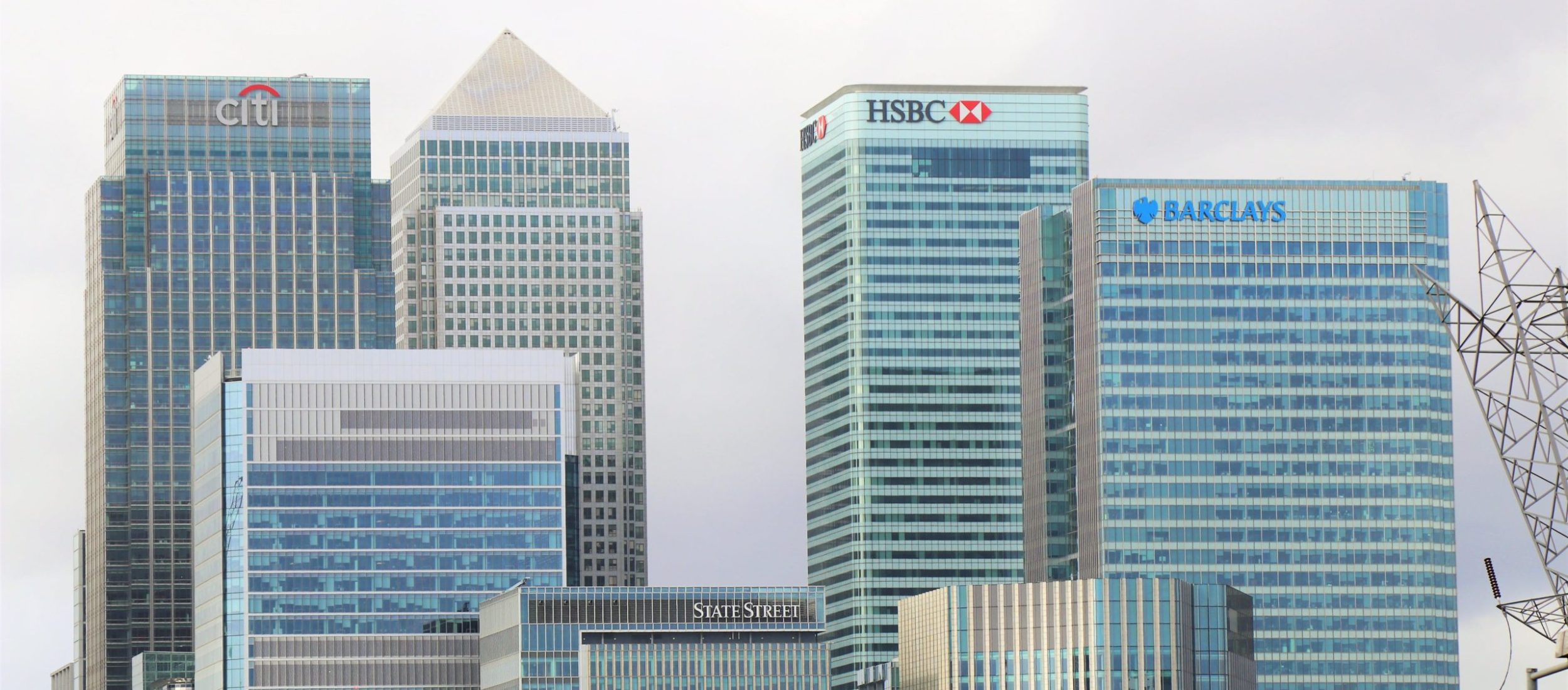April 2022 Market Commentary

U.S., Canadian and global equities ended Q1 positively, posting gains in March, but for the overall quarter, markets were mixed. Geopolitical tensions, rising oil prices, high inflation, supply chain disruptions and central bank policy weighed on the S&P 500 Index, Nasdaq, Dow Jones, MSCI EAFE Index and global indexes. The energy-rich TSX Composite Index, on the other hand, benefited from the market turbulence.
In bond markets, U.S. and Canadian yields rose on inflation news and expectations of more, larger rate hikes by the Fed and Bank of Canada. The yield curve continued flattening throughout Q1, reflecting tighter Fed interest rate policy and forecasts for slower economic growth.
Following the trucker protests that started in January, Alberta, Saskatchewan, Manitoba, Ontario and Quebec announced the immediate ending or speeding up of the lifting of COVID-19 restrictions. Major corporations started scaling back COVID-19 restrictions as well. National Bank, CIBC and Scotiabank revealed plans to start bringing staff back to Canadian offices. Deloitte became the first major corporation to end its mandatory vaccination policy and masking of employees in Canadian offices.
In March, Canada and the U.K. began talks on creating a comprehensive free-trade agreement. Representatives from both governments stated they were committed to concluding negotiations relatively quickly and having an agreed upon plan in place soon.
U.S. inflation climbed to 7.9%, a 40 year-high, driven by supply chain disruptions, labour shortages and rising energy, food and housing costs. Inflation is also expected to increase further due to the Russia-Ukraine conflict. Fed chair Powell said inflation “is much too high” and “a severe threat”. He noted as the U.S. economy no longer required pandemic-related emergency stimulus, it might be appropriate to raise rates more aggressively to get inflation under control. The Fed hiked rates from near zero to 0.25%, in March, its first increase in three years as well as signalled six more hikes by year end. Powell stated the Fed was ready to make 0.50% hikes if required.
In Canada, inflation surged to 5.7%, its highest level since 1991, and the eleventh consecutive month above the Bank of Canada’s 1-3% target range. According to Statistics Canada, prices rose across all major components with housing costs contributing the most. In March, just before the Fed, the Bank of Canada raised rates 0.25% to 0.50% for the first time since the pandemic began. Bank of Canada governor Macklem said the economy was now ready to adjust to a normal, higher interest rate setting.
Capital Markets in Q1
The S&P/TSX Composite Index ended the quarter up 3.8% while the S&P 500 Index posted a loss of -4.6% and the MSCI EAFE Index a loss of -6.8%. Geopolitical tensions, rising oil prices, high inflation, supply chain chaos and central bank policy weighed on the S&P 500 Index and MSCI EAFE Index. The energy-rich TSX Composite Index, on the other hand, benefited from the market turbulence.
In bond markets, where yields move in the opposite direction to prices, short term yields rose quicker than long term yields on expectations more, larger rate hikes are coming. The yield curve, which is the difference between 10 year and 2 year U.S. treasury yields, also continued to flatten throughout Q1 as short and long yields have been converging. This reflects tighter Fed interest rate policy at the short end and forecasts for softer economic growth at the longer end.
In foreign exchange markets, the Canadian loonie lived up to its reputation as a “petro dollar”, increasing to 80 cents against the U.S. dollar off the back of rising energy prices. Bitcoin moved with mainstream markets but with more extreme swings. The leading cryptocurrency halved in value early in January, compounded by events in Kazakhstan, although it had started to recover by quarter end.
Oil prices, which surged during 2021 as a result of ongoing supply chain chaos and are currently a “thorn in the side” of inflation, were pressured further after Russia invaded Ukraine. In February, the price of oil broke through the US$100 a barrel range for the first time since 2014. It then sky-rocketed toUS$110 a barrel in March, before falling at quarter end on news the U.S. would release a million barrels of oil reserves a day over the next six months to help ease prices.
What we can expect now?
After a stressful start to 2022, there were signs in March that markets are rebounding. More rate hikes are coming to combat inflation, which will likely remain high in Q2, but should cool later in the year as supply chains normalize, prices ease and hopefully peace is restored in Ukraine. After the record breaking double digit returns of 2021 it’s inevitable the pace of growth will be slower this year. However, economic fundamentals and corporate earnings remain healthy and the post-pandemic recovery continues.
We are here to support you in achieving your financial goals. Please do not hesitate to contact us.
IMPORTANT DISCLOSURES
The information in this letter is derived from various sources, including CI Global Asset Management, Globe and Mail, National Post, Wall Street Journal, MarketWatch, Bloomberg, Reuters, Daily Mail, CNBC.com, MSN.com, Toronto Sun, Bank of Canada and Statistics Canada as at various dates. This material is provided for general information and is subject to change without notice. Every effort has been made to compile this material from reliable sources and reasonable steps has been taken to ensure their accuracy. Market conditions may change which may impact the information contained in this document. Before acting on any of the above, please contact me for individual financial advice based on your personal circumstances.
Assante Capital Management Ltd. is a Member of the Canadian Investor Protection Fund and Investment Industry Regulatory Organization of Canada.

